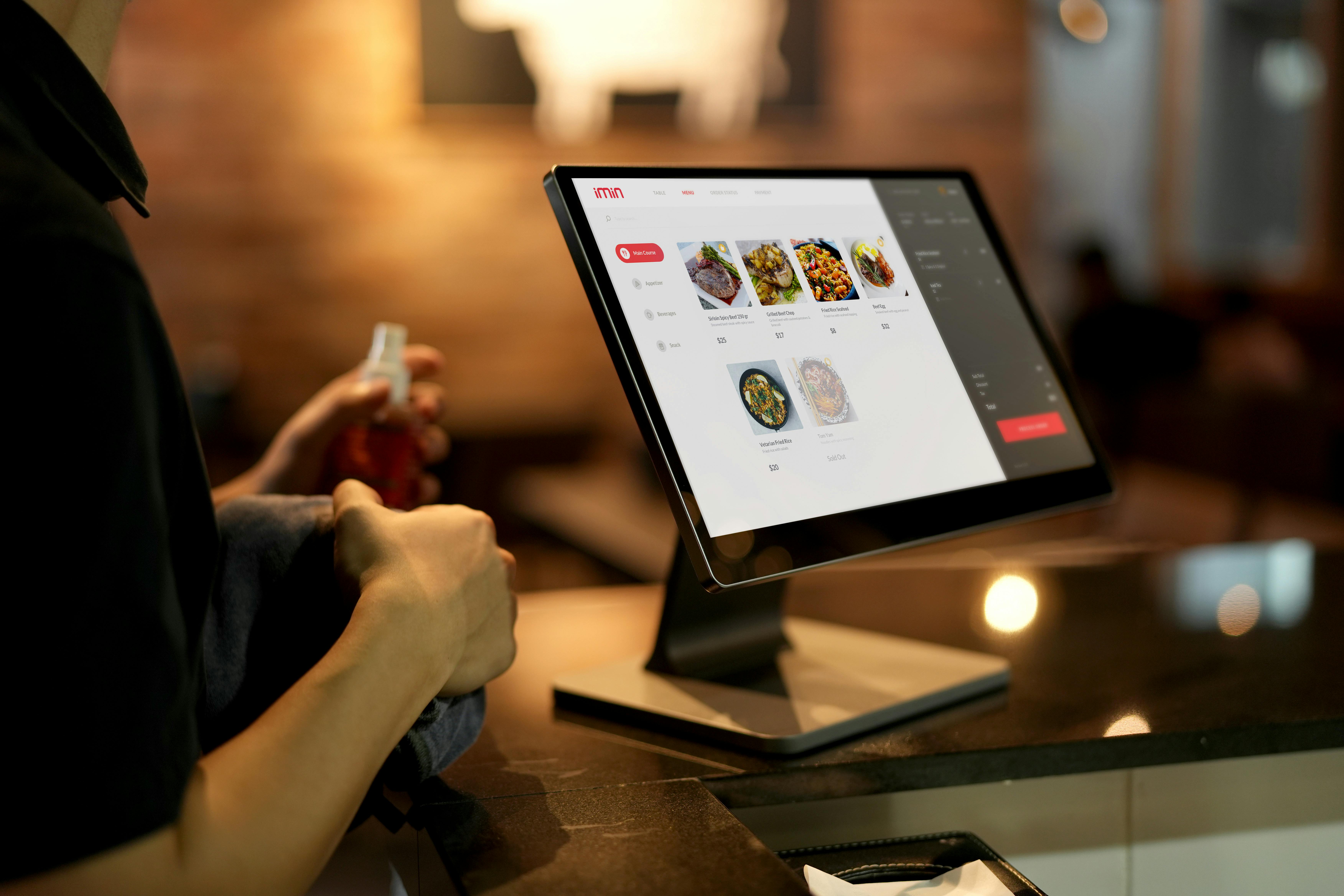How to Reduce No-Shows in Your Restaurant
Explore effective strategies to reduce no-shows in restaurants, including reservation confirmations, prepaid bookings, online systems, clear cancellation policies, overbooking tactics, personalized experiences, deposits for large groups, and customer feedback. Maximize your restaurant's efficiency and minimize lost revenue. Read more for detailed insights.

No-shows can be a significant headache for restaurant owners and managers. Empty tables mean lost revenue and wasted resources. Fortunately, there are effective strategies to minimize no-shows and ensure a more consistent flow of diners. In this article, we'll explore some proven methods to reduce no-shows in your restaurant and improve your bottom line.
1. Implement Reservation Confirmations
One of the simplest and most effective ways to reduce no-shows is to implement reservation confirmations. After taking a reservation, send a confirmation message via SMS, email, or a phone call to remind your guests about their upcoming reservation. Include the date, time, and any special instructions, such as a dress code or parking information. This small effort can significantly reduce the likelihood of guests forgetting about their booking.
2. Prepaid Reservations
Consider offering prepaid reservations, where guests pay for their table in advance. This not only helps secure your revenue but also encourages guests to honor their reservation. You can offer discounts or special incentives for prepaid reservations to make them more appealing to your customers.
3. Online Booking Systems
Modernize your reservation process by offering an online booking system through your website or mobile app. Online reservations are convenient for guests and provide them with an instant confirmation. You can also set up your system to collect credit card information, giving you a way to charge a no-show fee in case of a last-minute cancellation.
4. Enforce a Cancellation Policy
Establish a clear and fair cancellation policy for your restaurant. Communicate this policy during the reservation process and reiterate it in your confirmation messages. Consider implementing a reasonable cancellation window, such as 24 to 48 hours before the reservation, and a nominal cancellation fee to deter no-shows.
5. Overbooking and Waitlists
To counteract potential no-shows, consider implementing a controlled overbooking system. This means accepting more reservations than you have available tables, anticipating a certain percentage of no-shows. Make sure to manage this carefully to avoid overcrowding and guest dissatisfaction. Additionally, maintain a waitlist for walk-ins and last-minute reservations, so you can fill empty tables quickly.
6. Personalize the Dining Experience
When guests feel a personal connection to your restaurant, they are less likely to cancel or not show up. Train your staff to engage with diners and remember their names and preferences. Personal touches, like birthday acknowledgments or special occasion surprises, make guests more invested in keeping their reservations.
7. Collect Deposits for Large Groups
For larger groups or special events, request a deposit when booking. This adds a layer of commitment from your guests and helps offset potential losses if the group doesn't show up.
8. Gather Customer Feedback
Regularly collect feedback from your customers regarding their dining experiences. Use online surveys or comment cards to understand any issues that may have led to no-shows. By addressing concerns and making improvements, you can build customer loyalty and reduce the chances of future cancellations.
Conclusion
No-shows can have a detrimental impact on your restaurant's revenue and operations. By implementing a combination of reservation confirmations, online booking systems, cancellation policies, and personalized service, you can significantly reduce the number of guests who fail to honor their reservations. Ultimately, creating a more reliable and enjoyable dining experience for your customers will lead to a more successful and profitable restaurant.







